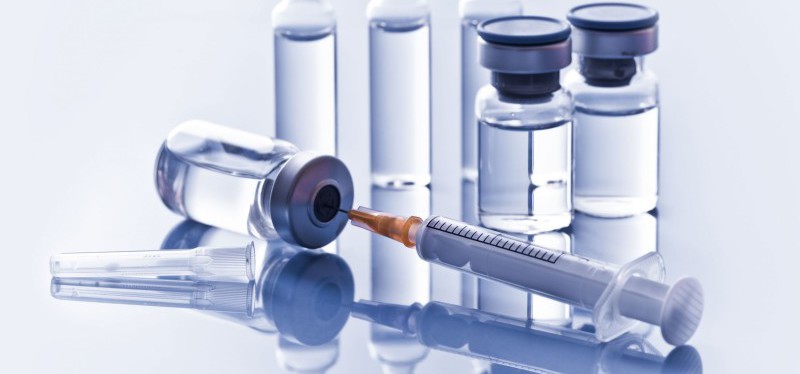Steroid Injections Could Cut Costs For Patients With Back Pain
Category: Back Pain, Injections | Author: Stefano Sinicropi

New research suggests that epidural steroid injections could help cut medical spending by nearly 20 percent in some patients with lower back pain.
The findings presented at the American Academy of Pain Medicine 2016 Annual Meeting show that steroid injections, which can decrease pain and disability for some low back conditions, have been associated with decreased total healthcare expenditures among patients with lumbago, radiculitis and sciatica. Researchers say the injections help reduce costs by decreasing the need for other common expenses, like general practitioner visits and lab tests.
Lead researcher Dr. Eric Sun said that the majority of Americans suffer from back pain at some point in their life, and his team wanted to see if patients were getting the best treatment for their money or if they were overspending on some faulty treatment options.
“Low back pain affects a lot of people, and there are some growing questions,” said Sun. “We’re spending a lot of money treating it, and is that money well spent? What are we getting for all that we spend? Is it making people live more pain-free lives?”
Injections and Back Pain
For their study, researchers examined a national sample of privately insured patients. This data had patient-level information on healthcare use across the inpatient, outpatient and pharmacy settings, including the total amount of money spent by the insurer. Researchers examined a large data set, including 152,430 patients with radiculitis, 123,912 with sciatica, and 1,506,390 with lumbago between the years 2002 and 2011. All the patients tracked received normal medical management, and none of the subjects underwent surgery.
“We look at people who got these steroid injections and tracked their costs over time, and we looked at people with back pain who didn’t get these injections and tracked their costs over time too,” said Dr. Sun.
Tracking Pain Patterns
Researchers noticed a pattern when they looked at patients who received an epidural injection within the first 90 days of back pain. Costs tend to jump within the first 90 days of back pain, but patients who received the injection often saw their costs decrease quickly.
“What you find here is that the cost falls a lot faster with the people who got the epidural steroid injections. So that provides some evidence that it actually saves money,” said Sun.
In all, Sun’s team found that pain injections for low back pain were associated with a 16.4 percent reduction in overall healthcare expenditures for patients with radiculitis over the course of two years. Smaller but statistically significant decreases were also seen in patients with sciatica and lumbago. An analysis of the data found that these decreases were primarily driven by reductions in outpatient spending, not in pharmaceutical cuts or inpatient spending.
Dr. Sun and his team concluded that the results suggest that epidural steroid injections are cost-effective options for some patients plagued by low back pain.